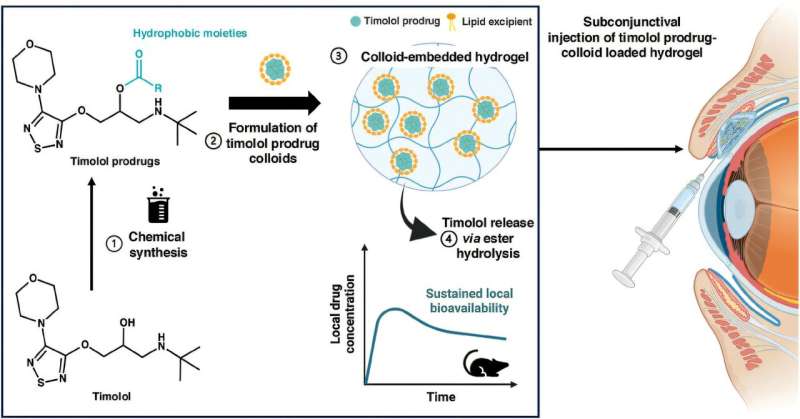A team led by MA team led by Molly Shoichet, a professor in the department of chemical engineering and applied chemistry and the Institute of Biomedical Engineering, used colloidal drug aggregates (CDAs) to modify the effects of a small-molecule glaucoma drug.
This new approach, described in a paper in the journal Advanced Materials, prolongs the drug’s effect from six hours when it is delivered via an eye drop to up to seven weeks with a single, non-invasive injection under the eyelid.
“Eye drops are the most common treatment for glaucoma, but they come with issues regarding efficacy and patient compliance, especially since the disease is more common in older adults,” says Ph.D. alumnus Mickaël Dang, a postdoctoral fellow in Shoichet’s lab and the first author of the study.olly Shoichet, a professor in the department of chemical engineering and applied chemistry and the Institute of Biomedical Engineering, used colloidal drug aggregates (CDAs) to modify the effects of a small-molecule glaucoma drug.
This new approach, described in a paper in the journal Advanced Materials, prolongs the drug’s effect from six hours when it is delivered via an eye drop to up to seven weeks with a single, non-invasive injection under the eyelid.
“Eye drops are the most common treatment for glaucoma, but they come with issues regarding efficacy and patient compliance, especially since the disease is more common in older adults,” says Ph.D. alumnus Mickaël Dang, a postdoctoral fellow in Shoichet’s lab and the first author of the study.

